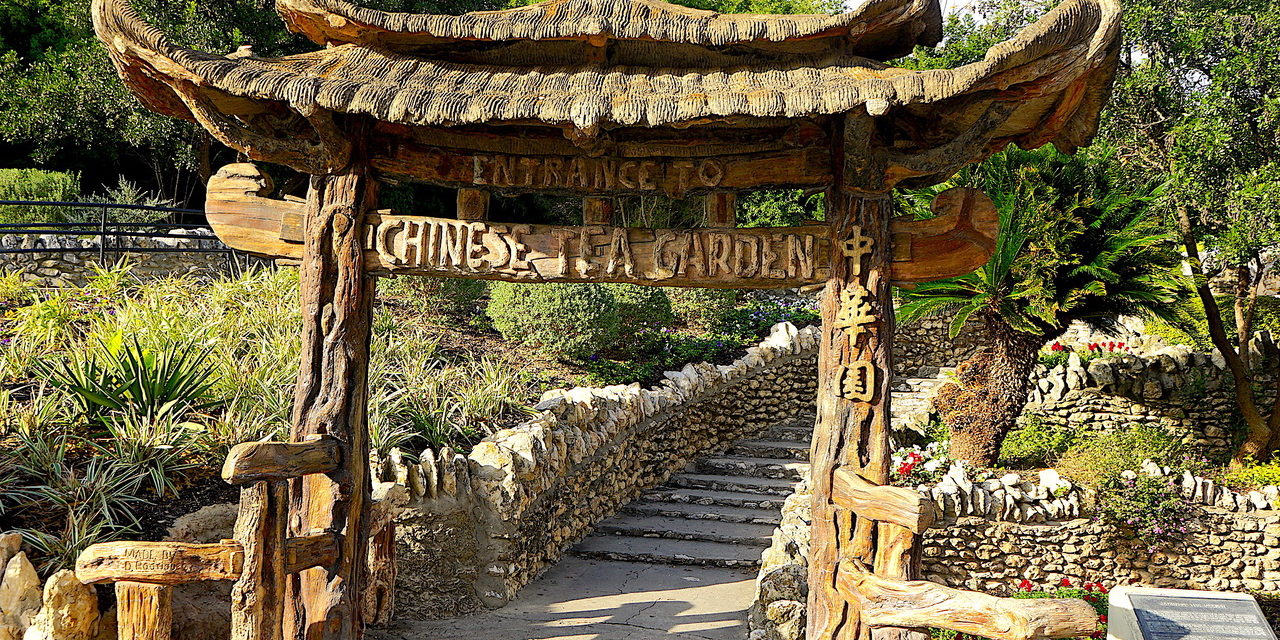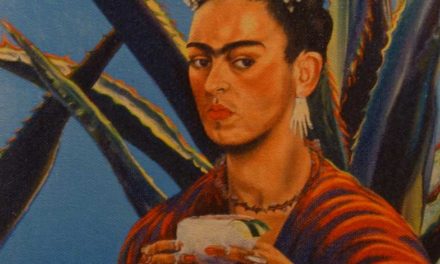Throughout my life I have enjoyed two passions: art and running. At an early age when I started going to Brackenridge Park it never occured to me that the park offered me the opportunity to enjoy both running and art at the same time. Later in my adult years I realized that I had jogged or walked many times past the amazing naturalistic art of Dionicio Rodriguez without fully appreciating it.
As a teenager I was a frequent visitor to Brackenridge Park. Throughout my high school years I did weekly long- distance training in the park. Years later I returned to the park for long relaxing walks. Along those pathways there are artistic wonders known as rustic works or faux bois (imitation wood).
We can thank Patsy Pittman Light for her engaging book, Capturing Nature: The Cement Sculpture of Dionicio Rodriguez that illustrates his work. Light spent a decade researching the art work with the assistance of Maria Pheiffer.
At various locations in the park there are examples of the creative art of Dionicio Rodriguez. Over a thirty year
period from 1924-1955, Rodriguez lived and worked in San Antonio in an era of expanding utilization and innovation of cement products. He loved working with cement, and the city, with its famed Alamo Cement Company, had ample supplies of raw material. News of his exceptional work as a master craftsman and artisan spread and in those three decades of living in San Antonio Rodriguez also worked on art projects in over twenty American cities.
Rodriguez learned the art of making cement look like wood from master artisans in Mexico City. In his mid-thirties, he moved to Texas and soon found work with Dr. Aureliano Urrutia, a prominent surgeon who had a home and garden adjacent to Brackenridge Park. Dr. Urrutia, who had fled Mexico only 10 years earlier, engaged Rodriguez in numerous artistic projects, many of them in his famed fifteen acre Miraflores garden at 800 Hilderbrand street.
Rodriguez also completed works throughout the city of San Antonio, including Saint Anthony of Padua, the Spanish Governor’s Palace and the Alamo Heights Trolley Stop. Perhaps he is best known for his work at Brackenridge Park and his ten works at Miraflores. His most intricate work remains the Urrutia Gate which once graced the entrance to Miraflores Garden and now serves
as the entryway to the Rockefeller Latin American Collection at the San Antonio Museum of Art.
Rodriguez worked on challenging projects across America, but historically none are more interesting than his San Antonio “Chinese Tea Garden” gate in Brackenridge Park.
City historical accounts mention Rodriguez as the creator of an exquisite gated entrance to the Japanese Gardens. After America went to war following Japan’s attack on Pearl Harbor in 1941, San Antonio city officials evicted the Japanese American family living and working in the garden and renamed the area the Chinese Tea Garden. It seems likely that Rodriguez was asked to carve the words “Chinese Tea Garden” in the aftermath of the eviction and the renaming of the garden. The family who had taken care of the garden for over twenty years eventually moved to California and a Chinese American family was given the contract for running a small restaurant and taking care of the grounds.
According to the Densho Encyclopedia, which documents the experience of Japanese Americans during World War II, the full story of the Japanese Tea Garden during and after World War II might have been lost were it not for the actions of Mayor Henry Cisneros in 1984. Mayor Cisneros recalled that in his efforts to lure Japanese businesses to the city in the early 1980s, he frequently heard about the family’s eviction and “the oddly-named Chinese Tea Garden.” Cisneros decided that after 42 years, the garden should again be known by its original name. He commented: “It seemed like the logical thing to do: to rename it for the original people who had the idea, did the work and should get credit for it.” Thus, although the engraved gate still says “Chinese Tea Garden,” it is officially known and recognized now as the San Antonio “Japanese Tea Garden.”
Dionicio Rodriguez










